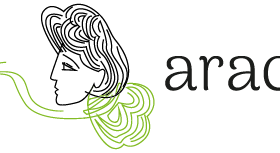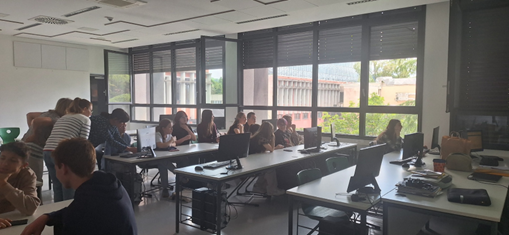As part of the Silk Road of the ARACNE Project, pupils of Gymnasium Nova Gorica took part in a follow-up workshop led by representatives from the Faculty of Agriculture and Life Sciences, University of Maribor. The aim of the workshop was to review the students’ contribution to the mapping of cultural and natural heritage linked to traditional sericulture in the Goriška region.
The students had previously received training and guidance on how to collect and enter data into the ArcGIS platform. In this session, we focused on reviewing the interesting points they had identified during their independent fieldwork. Together, we examined the mapped locations of old mulberry trees, former silkworm rearing sites, and other elements tied to the region’s silk-making history. Students demonstrated impressive engagement, attention to detail, and a strong sense of responsibility for preserving this local heritage.
This activity was part of the broader educational component of the Silk Road initiative within the ARACNE project, which encourages schools to participate in the identification and digital documentation of sericulture-related heritage. The workshop also followed the Guidelines for Data Collection and Working with ArcGIS, developed to ensure consistency and quality across all participating schools.
The ARACNE project offers a meaningful way for young people to rediscover their environment and actively contribute to the European silk heritage map.
Andreja Urbanek Krajnc and Tina Lešnik
Faculty of Agriculture and Life Sciences, University of Maribor


